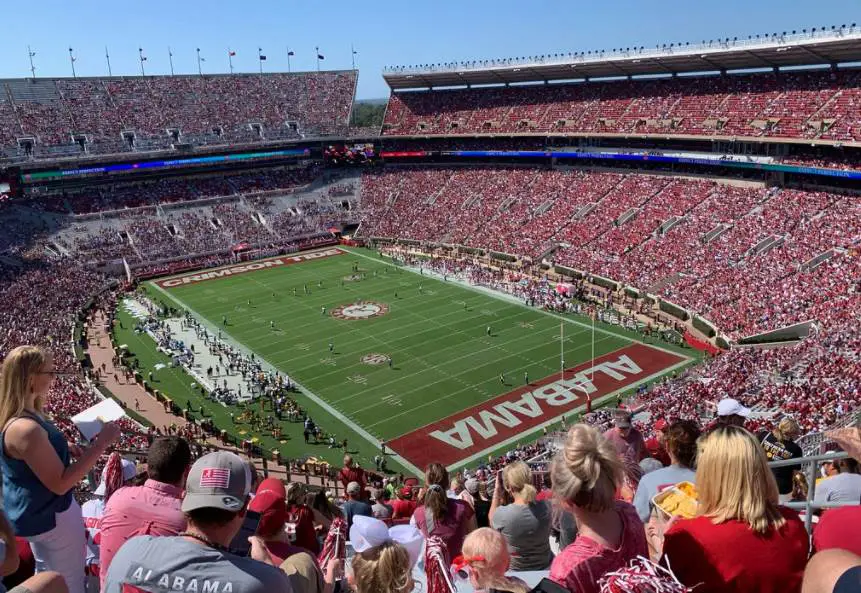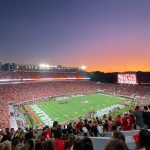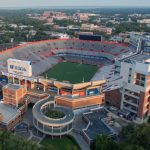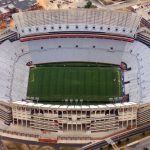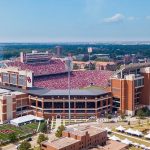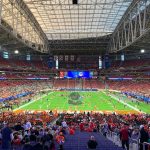A stadium that originally opened its doors in the late 1920s has become one of the most amazing and largest sports arenas in the world today.
In this article, we’ll take a closer look at some of the most interesting facts about the Bryant–Denny Stadium, a huge stadium in Alabama and one of the best places in the world to watch a football game.
1. It’s located on the campus of the University of Alabama
Bryant–Denny Stadium is a huge stadium located on the campus of the University of Alabama in Tuscaloosa. This is the 5th-largest city in Alabama located in the west-central part of the state.
The stadium is the home venue of the Alabama Crimson Tide football team which plays in the Southeastern Conference (SEC).
The stadium has been expanded multiple times throughout its history to become the massive temple it is today and one of the largest stadiums in the US.
The city of Tuscaloosa is located on the shores of the Black Warrior River and the stadium is located pretty much in the central part of the city.
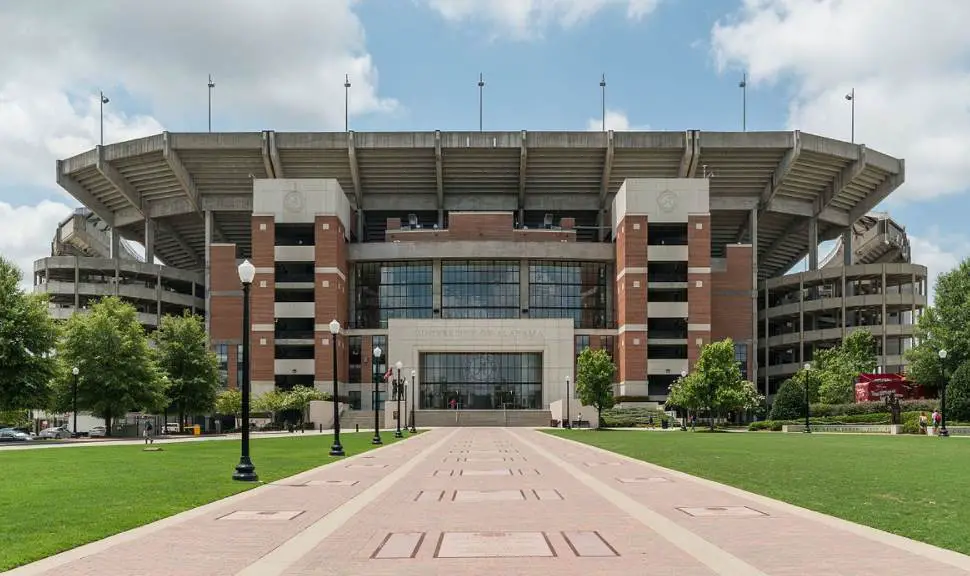
2. The stadium replaced Denny Field in the late 1920s
The original version of the stadium was completed in the year 1929. That’s also the year that the first game was played here. This happened on September 28 and ended up in a 55–0 victory over Mississippi College.
Before the opening of the stadium, the Alabama Crimson Tide team played in a humble complex known as “Denny Field.” This venue was quite humble, to say the least, and was originally known as “University Field.”
Denny Field doesn’t exist anymore today as it was located on the southern edge of the campus of the Univerity of Alabama. Today, a sorority row along Judy Bonner Drive and parking lot are located here.
This was the home of the team between 1915 and 1928 until they moved to the newly established Denny Stadium.
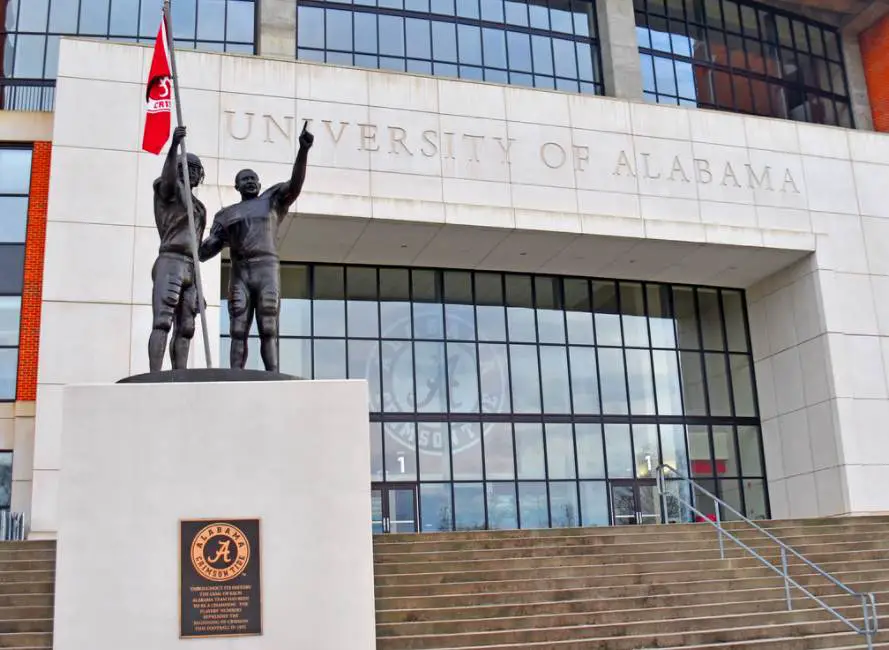
3. The stadium was named in honor of 2 honorable people
The moment that the stadium opened its doors it was named “Denny Stadium.” This was in honor of George H. Denny (1870-1955), the president of the University of Alabama between 1912 and 1936.
Yes, this was also the man after which the original venue, Denny Field, was named. During his time, the campus of the university was greatly expanded and this included the newly built stadium in the late 1920s.
The stadium was renamed “Bryant-Denny Stadium” in 1975, a decision in honor of the long-standing head coach of the Alabama football team named Paul William “Bear” Bryant (1913-1983).
What’s remarkable about Bryant is that after the stadium was renamed in his honor, he still served as head coach for another 7 seasons until his retirement in 1982. This means that he actually coached in a stadium that bore his name, quite amazing!
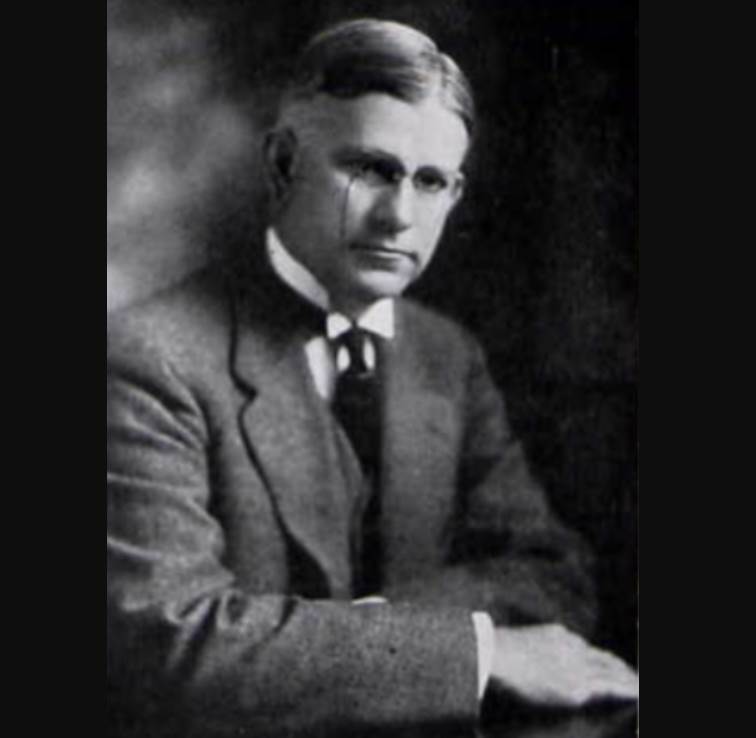
4. The original stadium was a lot more humble than it is today
When the original version of the stadium was completed, it only featured the lower tier of the eastern stand of the current stadium. This meant that it only had a capacity of 12,000 spectators by then.
This was only just a temporary capacity because President Denny imagined that a complete bowl with 66,000 seats would be completed one day.
We’re sure that he would be very proud of the fact that the stadium can seat over 100,000 people today!

5. The expansion in 2010 brought the capacity to over 100,000
Denny would only see the stadium expand to a capacity of 31,000, something that happened in the year 1946 (he passed away in 1955).
The stadium was expanded multiple times more in the following decades, including in 1961, 1966, and 1988, a project that raised the capacity to 70,123 which was more than Denny originally envisioned.
The eastern upper deck, above the original tier of the stadium, was completed in 1998 for $35 million. The final expansion phase was completed in 2010 and raised the capacity to its maximum capacity level of 101,821.
This means the humble stadium of the late 1920s has turned into one of the top 10 largest stadiums in the world!
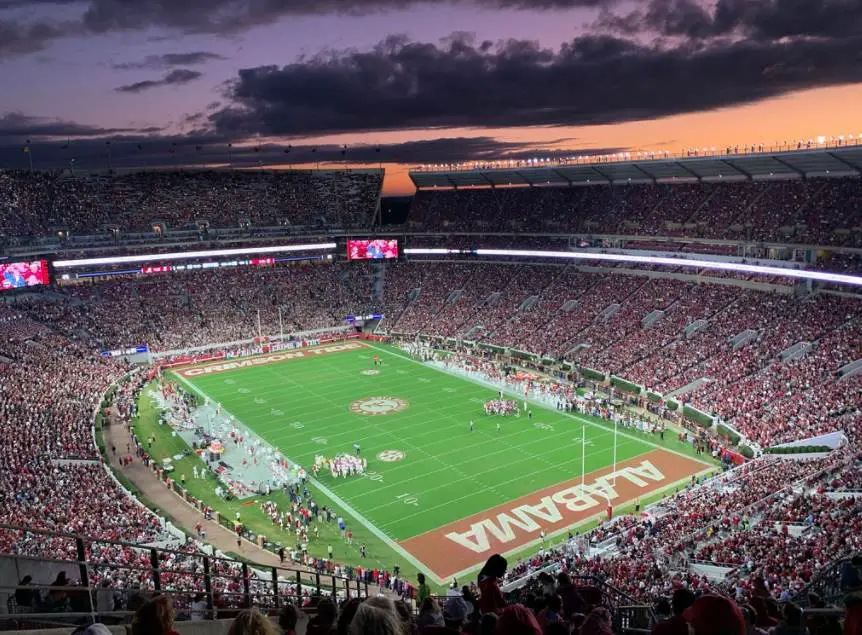
More interesting facts about the Bryant–Denny Stadium
6. Before the stadium was seriously expanded during the 1980s and 1990s, most of the important “home” games of Crimson Tide were not played at the Bryant-Denny Stadium.
Between the late 1920s and 1980s, the most important games were played at the Legion Field in Birmingham, Alabama, about 57 miles (90 kilometers) northeast of the university campus.
7. Paul “Bear” Bryant is considered to be one of the greatest football coaches in history. he amassed 6 national championship titles and 13 conference titles during his 25-years tenure as head coach of the University of Alabama.
Equally remarkable is that he is one of the few coaches in history that actually coached inside a venue that bore his name.
The stadium isn’t the only thing named in his honor as there’s also the “Paul W. Bryant Museum,” Paul W. Bryant Hall,” and “Paul W. Bryant Drive” at the University of Alabama.
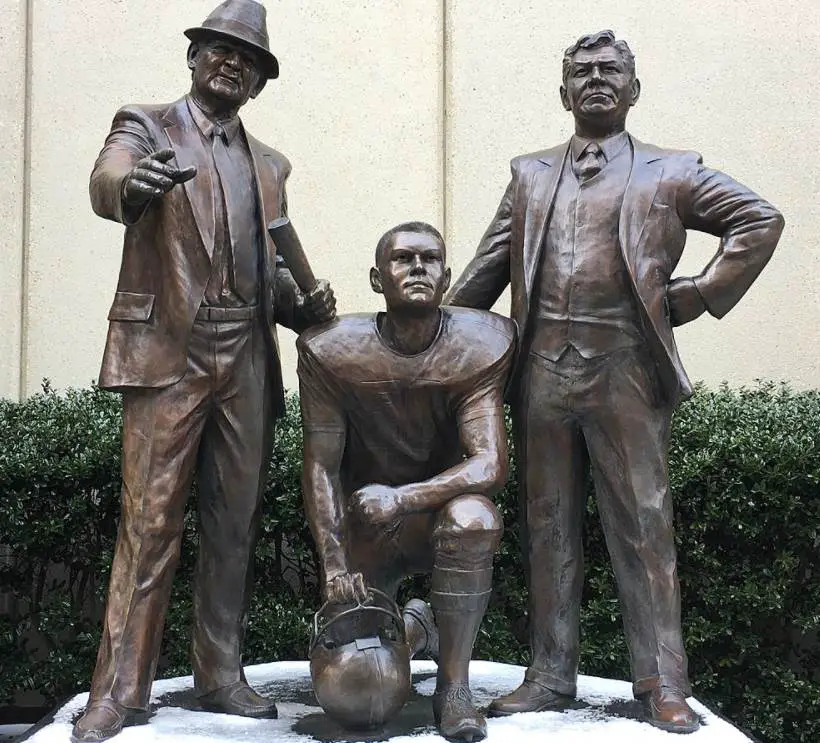
8. The expansion of the north end zone was completed in the year 2006 and cost $47 million to complete. This included the renovation of the plaza in front of the stand as well.
This plaza features the so-called “Walk of Champions,” a row of 5 bronze statues that stand 3 feet (2.7 meters) tall and weigh about 2,000 pounds (910 kilos) each. They depict the 5 coaches that have led the Crimson Tide to a national championship.
9. The final expansion phase was that of the South End zone. Because of the troublesome economic situation at the time, the cost of this project was reduced by $10 million and eventually cost $65.6 million to complete.
Regardless, the stadium’s capacity was raised to 101,821 which made it the 5th-largest football stadium in the country.
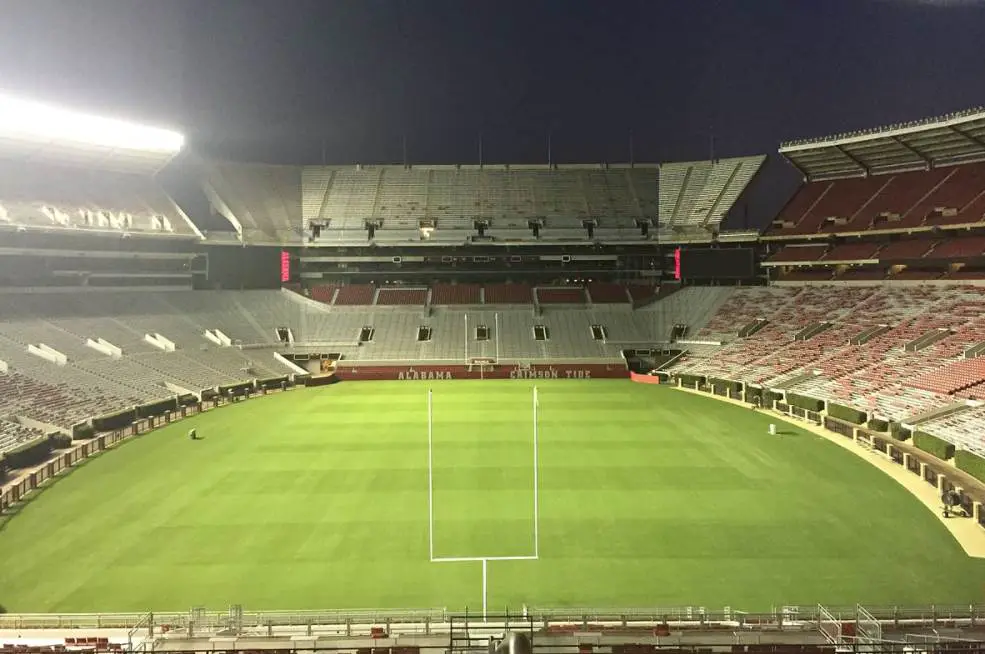
10. As part of a $600 million renovation project of the University of Alabama campus, the stadium will receive yet another upgrade. This project already started in 2019 and will cost $92.5 million.
Because of this renovation, the capacity of the stadium has briefly been reduced to 100,077, a number that still makes it the 10th-largest stadium in the world today!
